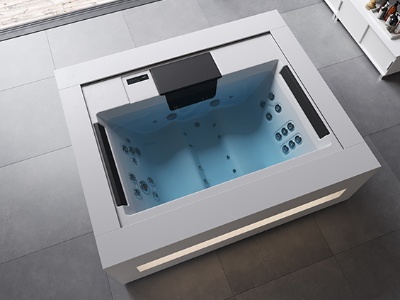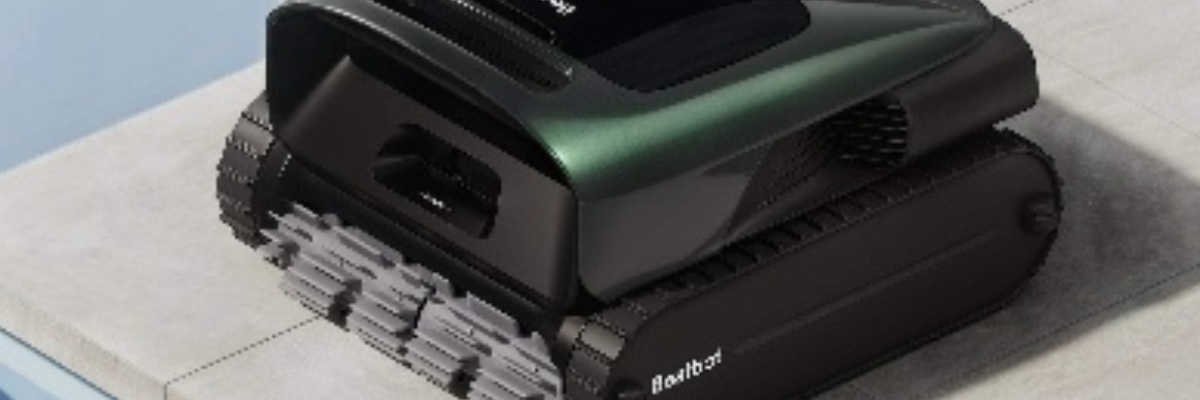
The market for electric pool robots has evolved dramatically in recent years. Thanks to technological advances, these devices have become smarter, more efficient and more environmentally friendly. In 2025, the latest models will incorporate advanced navigation algorithms, ultra-precise detection sensors and connectivity that allows their operation to be controlled remotely. These innovations make pool maintenance simpler and less time-consuming, while optimising energy consumption and the use of chemicals.
Ever smarter navigation
The first pool robots moved randomly, covering the pool with no real logic. Today, high-end models use advanced mapping systems based on lidar sensors and underwater cameras. Thanks to these technologies, the robot analyses the shape of the pool, identifies the most dirty areas and optimises its movements. This intelligent navigation mode enables faster and more efficient cleaning, avoiding unnecessary passages and oversights. Some robots are also equipped with sensors that allow them to adapt their suction power according to the level of dirt detected. When they pass over a particularly dirty area, they slow down and increase the intensity of the cleaning, while they speed up on the already clean parts. This intelligent management extends the robot's autonomy and optimises its efficiency. In 2025, most electric pool robots will be equipped with Wi-Fi or Bluetooth connectivity, allowing them to be controlled from a mobile application. This feature offers additional convenience by allowing owners to programme cleaning cycles, monitor the filter status in real time and even receive alerts in the event of a malfunction. The most advanced models can be integrated into home automation systems, making it easier to manage pool maintenance. For example, some robots communicate directly with the pool pumps and heaters, adjusting their operation according to actual needs. This interconnection reduces energy consumption while guaranteeing clean and well-balanced water at all times. Electric pool cleaners were often limited by their battery life. Older models required frequent recharging, which could be a problem for large swimming pools. The new generations are equipped with the latest generation of lithium-ion batteries, offering much greater autonomy. Some models can operate for up to six hours on a single charge, thus covering large areas without interruption. At the same time, recharging is becoming faster and more convenient. Some robots are equipped with wireless charging stations, thus avoiding manual connections. Others incorporate solar charging technologies, reducing their environmental impact while extending their operating time.Greener and more economical cleaning
With the growing environmental awareness, pool robot manufacturers have developed solutions to limit the use of chemicals and reduce water consumption. Some models incorporate high-performance filtration systems capable of retaining microparticles, thus improving water quality without the excessive use of disinfectants. In addition, the reduction in filtration time thanks to the efficiency of the robots saves electricity and extends the lifespan of the pool equipment. The filtration pump works less often and for shorter periods, thus limiting wear and maintenance costs.Features adapted to modern swimming pools
Complexly shaped swimming pools were a challenge for conventional cleaning robots, which sometimes had difficulty reaching certain corners. The latest models are now able to analyse the topography of the pool and adapt to the architectural features. They climb vertical walls, clean the steps and reach the most difficult corners.Some robots even offer specific modes for different types of surfaces, adjusting their grip and brushing intensity according to the material of the pool. They thus offer optimal cleaning without risking damage to fragile surfaces such as the liner or tiles.




